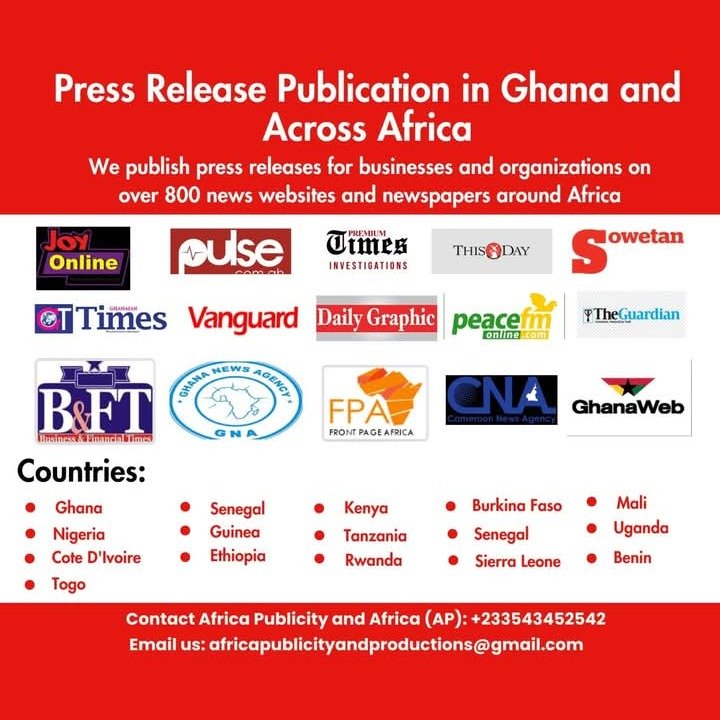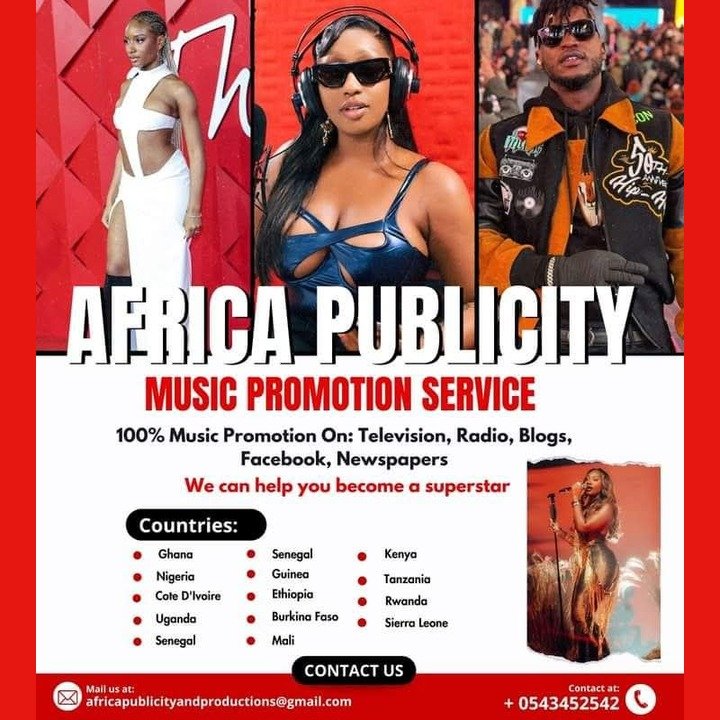In the heart of Lagos, Nigeria, a bustling city that never sleeps, music is more than just a form of entertainment; it’s a way of life. In this vibrant metropolis, Kofi Mensah, a rising Afrobeat artist, faced a challenge that many musicians across Africa grapple with—how to make his music stand out in an ever-crowded digital space. Despite his talent and the infectious rhythms of his songs, Kofi struggled to reach a wider audience. His breakthrough came when he discovered the transformative power of visual storytelling in music marketing.
Kofi’s manager, Amara Okeke, had been researching innovative strategies to enhance Kofi’s online presence. She understood that in today’s digital age, where attention spans are fleeting and competition is fierce, visual content can be the key to capturing and holding an audience’s interest. Amara introduced Kofi to the concept of visual storytelling—a method that integrates compelling visuals with music to create a memorable narrative that resonates with audiences.
Their first project was a music video for Kofi’s latest single, “Eyo.” Rather than opting for a traditional video, Amara suggested creating a series of short, story-driven videos that would be released over several weeks, building anticipation and engagement. They decided to set the narrative in the picturesque landscapes of Ghana, showcasing the beauty of traditional and modern Ghanaian life.
The storyline followed a young couple, Nana and Akosua, whose love story unfolded against the backdrop of Ghana’s rich cultural heritage. The first video, shot in the bustling markets of Accra, depicted Nana and Akosua meeting for the first time, their eyes locking amidst the vibrant colors and sounds of the city. The use of vivid imagery and local music not only captured the essence of the song but also showcased Ghana’s lively atmosphere. This visual representation helped Kofi’s music feel grounded in a real, relatable world.
As the series progressed, the story shifted to the serene beaches of Cape Coast. Here, the couple’s journey took on a more intimate tone, with scenes of them walking along the shore, the gentle waves mirroring the song’s calming melody. The contrast between the lively city scenes and the tranquil beach scenes provided a dynamic visual experience, keeping viewers engaged and emotionally invested in the storyline.
The release of each video was strategically timed to coincide with significant moments in Kofi’s promotional campaign. Amara leveraged social media platforms, engaging with followers through live Q&A sessions and behind-the-scenes content, providing insights into the making of the videos. The interactive approach allowed fans to become a part of the storytelling process, deepening their connection with both the artist and the music.
In Nairobi, Kenya, the success of Kofi’s campaign did not go unnoticed. The visual storytelling strategy sparked the interest of Amina Hassan, a well-known Kenyan music promoter. Amina was impressed by how effectively Kofi’s music was brought to life through the narrative and visual elements. She saw an opportunity to apply a similar approach to promote local artists in Kenya, particularly those from diverse and underrepresented backgrounds.
Amina reached out to several emerging artists, including Juma Suleiman, a talented hip-hop artist from the coastal town of Mombasa. Juma’s music, though rich in local flavor and lyrical depth, had not yet gained significant traction outside of his immediate region. Amina proposed a collaboration that would use visual storytelling to highlight the unique cultural aspects of Mombasa while promoting Juma’s latest album.
The project began with the creation of a visually stunning music video set in the vibrant streets of Mombasa, featuring traditional Swahili dance, local markets, and the stunning coastal landscape. The video incorporated elements of the city’s daily life, showcasing the community’s rich heritage. The storytelling was enhanced by incorporating local folklore and legends into the narrative, weaving Juma’s music seamlessly into the cultural tapestry of Mombasa.
The release strategy mirrored Kofi’s campaign, with a series of teaser clips, interactive social media posts, and fan engagement activities. Amina’s approach also included partnerships with local influencers and bloggers, amplifying the reach of the campaign and ensuring that the visual storytelling resonated with both local and international audiences.
In Johannesburg, South Africa, the impact of these successful campaigns was being closely observed by Thabo Mokoena, a marketing executive for a major South African music label. Thabo recognized the potential of visual storytelling as a powerful tool for promoting music and decided to implement a similar strategy for one of their top artists, Zanele Ndlovu, a rising star in the Afro-pop scene.
Thabo’s approach involved a multi-part video series that explored various aspects of Zanele’s life and career, blending personal anecdotes with professional achievements. The first video focused on Zanele’s journey from a small township in Soweto to the stage of a major music festival. It featured interviews with family and friends, capturing the emotional highs and lows of her journey. The visuals were complemented by Zanele’s music, creating a powerful and personal connection with viewers.
The subsequent videos highlighted different themes, including Zanele’s involvement in social causes and her passion for music education. Each video was designed to not only promote Zanele’s music but also to tell a story that resonated with viewers on a deeper level. The use of vibrant visuals and relatable narratives helped to humanize Zanele and strengthen her bond with her audience.
The success of these visual storytelling campaigns demonstrated their effectiveness in creating a strong emotional connection between artists and audiences. For Kofi Mensah, Juma Suleiman, and Zanele Ndlovu, the integration of compelling visuals with their music provided a unique platform for their stories to be shared and appreciated on a global scale.
In the ever-evolving landscape of music marketing, visual storytelling has proven to be a powerful tool for engaging audiences and amplifying an artist’s reach. By combining rich, culturally resonant narratives with captivating visuals, artists across Africa are finding new ways to connect with their audiences and showcase the diverse and vibrant cultural heritage of the continent.
As the digital world continues to expand, the importance of visual storytelling in music marketing will only grow. For emerging artists and established stars alike, the ability to craft compelling visual narratives will remain a crucial element in capturing the hearts and minds of audiences around the world.








